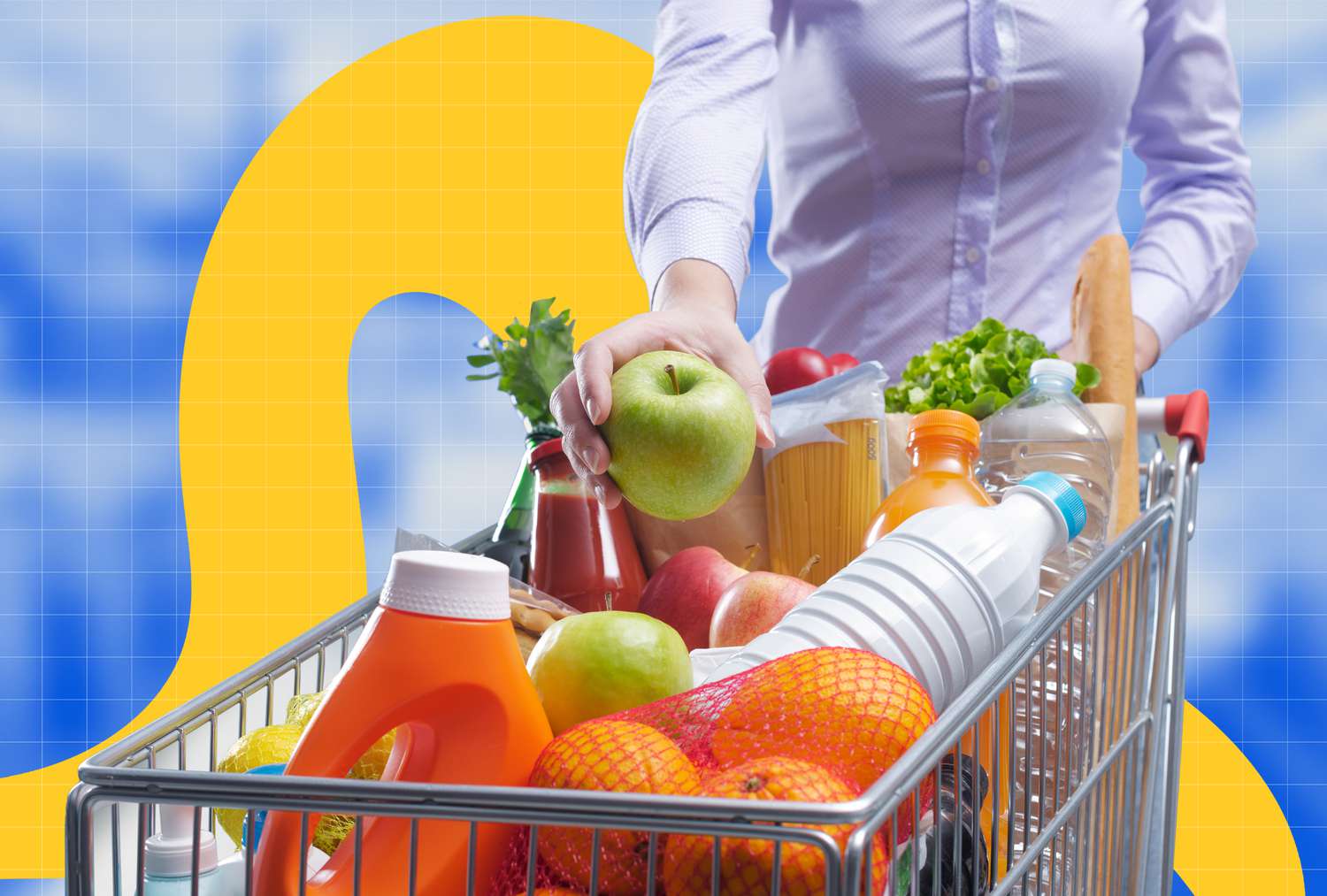Blog
6 Foods That Will Likely Be Impacted By the New Tariffs

- As of August 7, various tariffs are in effect against imports from dozens of countries.
- The tariffs range from 10% to 50%, with Brazil, India and Switzerland facing some of the highest rates.
- Items like nuts, seafood and coffee may see price increases at the store.
It can be difficult to keep track of all the tariffs that President Donald Trump has raised and lowered over the past few weeks, but here’s what you should know: as of August 7, tariffs are in effect against dozens of countries at rates ranging from 10% to 50%. Brazil, for example, faces a higher rate of 50% after a recent executive order from President Donald Trump, while countries like Guatemala and Australia face the baseline rate of 10%.
It’s worth noting that while there are tariffs in place against imports from Canada and Mexico, those tariffs don’t extend to food and beverage—for the most part. For now, the one exception is tomatoes from Mexico, which face a 17% tariff.
The August tariffs are part of the reciprocal tariff announcement that Trump made in April. Those initial tariffs were then delayed and replaced with a 10% tariff against most countries while trade negotiations were held. Many rates have since been modified.
The wide-sweeping tariffs are poised to have an effect on many consumer goods sold in the U.S. As these higher rates go into effect, several foods that Americans buy every day will likely soon see a sharp price increase. That’s because the tariffs affect not just edible products, but other goods involved in our food production, including fertilizers, machinery used in production and packaging materials like paper and aluminum. And tariffs are paid by the importer, and those costs are typically shifted onto the consumer.
While ramping up domestic production to offset the effects is possible, it would take years to produce quantities that match the bulk imports needed to meet current consumer demands. For some food groups, it could be nearly impossible.
“Theoretically, we can grow a lot more produce than we do, but it’s complicated,” says Toni Farmer, an adjunct professor at the University of Pennsylvania and host of The Goal Is to Become a Gardener, explaining that climate, ecosystems, workforce and distribution are just a few of the major challenges that stand in the way. “We can grow a small amount of crops [like bananas, coffee, olive oil, chocolate and spices], but nowhere near enough to support U.S. demand. Hawaii affords us the closest we can get to the climate we need for some of this [produce], but they have their limits.”
Additionally, Farmer says that because the U.S. has very few reserves of potash, a salt that is key for fertilization and farming, prices are increasing. Trump recently lowered the tariff on potash from Canada from 25% to 10%, and importers can also look to import some potash from Russia, which currently faces a 10% tariff.
With a domestic solution for most of the affected goods out of reach for now, you can brace for the effects by learning what foods are most likely to be impacted and developing a plan that allows you to make the most of your food budget. Here’s an overview of some of the foods that might see an increase.
Tropical Produce
Fortunately, the tariffs against Canada and Mexico include an exception that allows most produce to be traded tariff-free for now. Those two countries are the largest exporters of produce to the U.S., but the tariffs of 10% or more on other countries will still have an effect—especially on tropical fruit.
In a recent Instagram post, Farmer noted that tropical fruit, including bananas, pineapple and coconut, will see price increases. These foods are not shelf-stable, so there’s no stockpile of them waiting to be put on shelves. They also can’t be grown in mass quantities domestically. The U.S. currently imports more than 40% of its bananas from Guatemala, which now faces a 10% reciprocal tariff.
Seafood
Chile and Vietnam supply the U.S. with a substantial amount of fresh and frozen fish. Chile currently faces a 10% tariff, while Vietnam faces a tariff of 20%. This means that fish may see a jump in price over the coming weeks. Some seafood is imported more heavily than others, of course, and in 2022, the U.S. mostly imported shrimp, salmon, crab and lobster.
Tariffs against China have fluctuated over the past several months, but they are currently holding at 30% while China and the U.S. negotiate a deal. In 2023, the country supplied the U.S. with about $980 million worth of fish fillets and mince. This fish wasn’t necessarily caught in China, but it was processed there. It’s possible, for example, to purchase Alaskan cod that is also a product of China, since some fish is brought there to be frozen, processed into fillets and sold back in the U.S.
For now, seafood caught or processed in China faces just a 30% tariff, though that agreement is set to expire on August 12. The previous tariffs against China ranged up to 125%, so it’s possible that the rate may go up.
Coffee
According to Farmer, coffee is already in jeopardy due to climate change and its effects on the ecosystems necessary to grow the crop. But more immediately, java enjoyers may see price increases due to the 10% and 50% tariffs imposed on Colombia and Brazil—two of the countries that supply the U.S. with a majority of its stock. Switzerland, which faces a 39% tariff, is also a major exporter of coffee, particularly the instant variety.
Olive Oil
The U.S. purchases olive oil in massive bulk amounts from countries within the E.U., including the world’s largest producers: Spain, Italy and Greece. Italy and Spain are the two biggest sources of imported olive oil in the U.S. (Those countries now face a 15% tariff, which Trump decreased from the initial 20% rate.)
The U.S. produces only 2% of the olive oil that it consumes, which means scaling domestic production up would be a lengthy process, if it were even possible. As of 2023, the third largest source of olive oil imports to the U.S. was Tunisia, which now faces a 25% tariff that was previously levied at 28%.
Chocolate
With a new 15% tariff on imports from Côte d’Ivoire, cocoa products like cocoa beans, paste, butter, powder and chocolate are expected to increase in price. Ghana follows closely behind Canada, Mexico and Côte d’Ivoire in exports of total cocoa products to the U.S. and also faces a 15% tariff.
Nuts
Farmer says that nuts, including cashews, pecans and macadamias, may be affected by tariffs depending on where they are sourced. Vietnam, for example, is a top exporter of cashews to the U.S. There is currently a 20% tariff levied against imports from Vietnam.
And while macadamia nuts are greatly produced domestically, the U.S. does import a substantial amount from Australia, which also faces a 10% tariff.
The Bottom Line
As of August 7, long-delayed U.S. tariffs are now in effect against dozens of countries, ranging from 10% to 50%. Foods that are grown, caught or processed abroad may be affected by these tariffs, particularly foods like tropical fruits, seafood and olive oil. Shopping farmers markets or sales ads at the grocery store may help you avoid the burden of increased prices—and you might even consider using your membership at a store like Sam’s Club or Costco to stock up and save on some grocery items.











